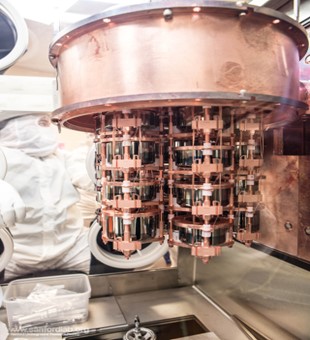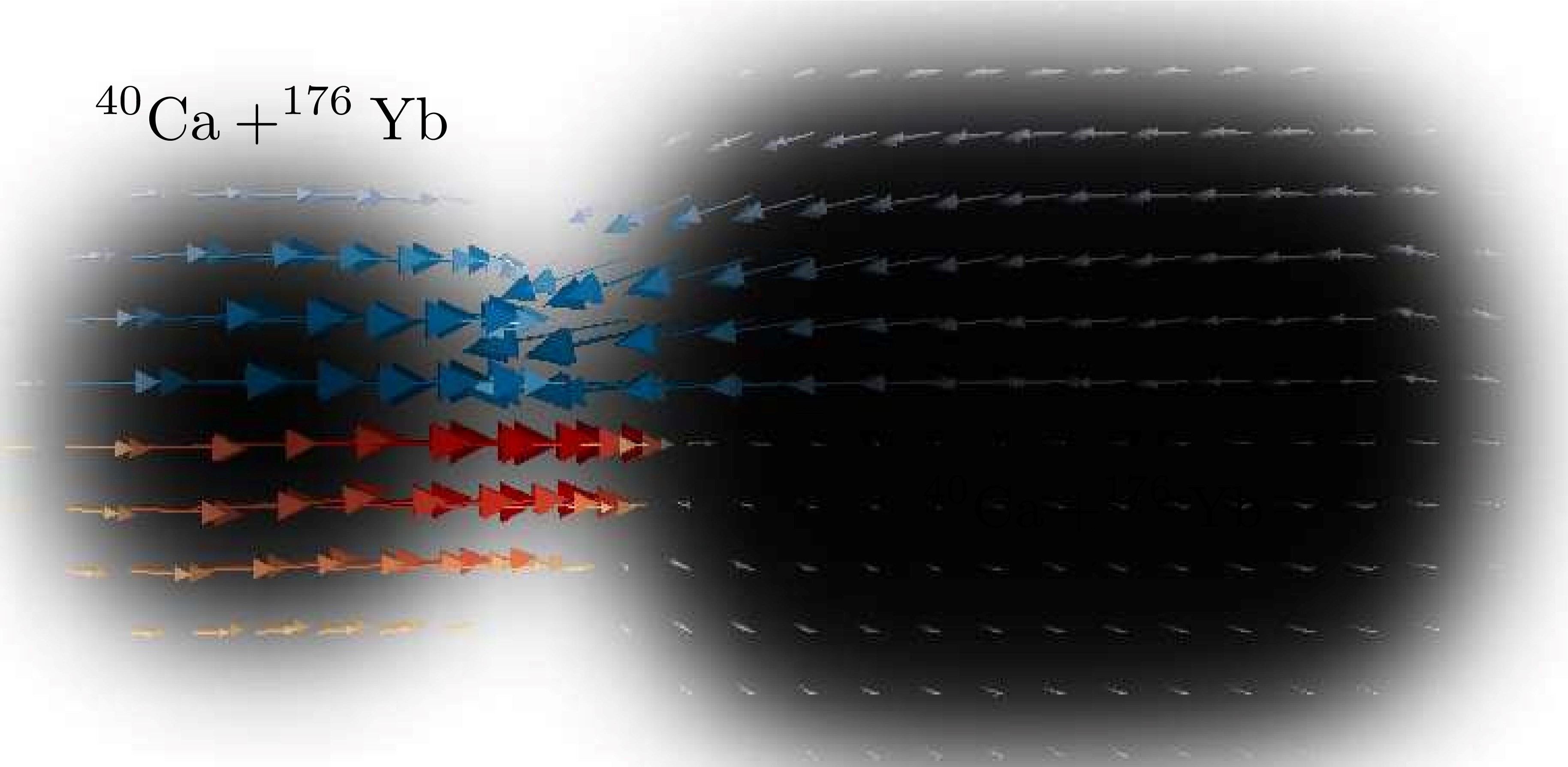Expanding the Hunt for Hidden Dark Matter Particles
Researchers dramatically improve the limits for several exotic dark matter models.

The Science
Scientific evidence for dark matter comes from observing how it influences the motion of stars and galaxies. Scientists believe that dark matter may consist of particles. To search for these particles and their billiard ball-like collisions, researchers have used some of the largest, most sensitive experiments ever built. However, these experiments have yet to see signals of dark matter. Scientists predict that dark matter particles would be very weakly interacting. This means detectors on Earth should be able to sense a “wind” in dark matter particles as the Earth moves through dark matter and collides with a small number of the particles. Another possibility is that when a rare collision happens, the dark matter may be totally absorbed, generating a tiny jolt of energy. The Majorana Demonstrator is a radiation detector that is very sensitive to this type of interaction. The experiment is deep underground and shielded from ambient radiation such as cosmic rays, and its detectors are extremely sensitive to small jolts of energy. These features allowed scientists to perform a search five to 10 times more sensitive than similar detectors. The researchers did not detect the expected signal from dark matter. This allows scientists to update the limits on the possible mass of dark matter in several different models. These results are likely to remain the best limits for some time using this particular detector technology.
The Impact
Understanding the nature and origin of dark matter would completely revolutionize scientists’ understanding of the universe. Many theoretical models of dark matter predict that its signals can be detected using low-background radiation detectors. By looking for specific types of dark matter and finding no signal, scientists operating the Majorana Demonstrator experiment have significantly narrowed the characteristics of potential dark matter particles. Although the study did not directly detect dark matter, it used an approach that can help guide future experiments.
Summary
In this research, researchers used an advanced experimental setup with high-purity germanium detectors to search for several types of dark matter, finding no significant signal predicted by several theoretical models. The experiment was conducted at the Sanford Underground Research Facility, a Department of Energy Office of Science user facility. A range of universities and laboratories collaborated to conduct the experiment, making a broad, interdisciplinary effort. The scientific focus was on searching for distinct types of elusive dark matter candidates, including sterile neutrinos and bosonic and fermionic dark matter. If dark matter is ever detected, it would provide dramatic insight into the composition of the universe and physics beyond the Standard Model.
The research also reinforces the Majorana Demonstrator experiment’s incredible sensitivity and broad reach to multiple fields of physics. Several important research projects have all used the same underlying Majorana Demonstrator data set.
Contact
Clint WisemanUniversity of Washington
wisecg@uw.edu
Inwook Kim
Lawrence Livermore National Laboratory
Kim124@llnl.gov
Funding
This material is based on work supported by the Department of Energy (DOE) Office of Science, Office of Nuclear Physics. The research was also supported by the National Science Foundation’s Particle Astrophysics Program and Nuclear Physics Program. The researchers also received support from the South Dakota Board of Regents Competitive Research Grant, the Laboratory Directed Research & Development programs at Lawrence Berkeley National Laboratory and Los Alamos National Laboratory, the Natural Sciences and Engineering Research Council of Canada, and the Canada Foundation for Innovation John R. Evans Leaders Fund. This research used resources provided by the Oak Ridge Leadership Computing Facility at Oak Ridge National Laboratory and by the National Energy Research Scientific Computing Center, DOE Office of Science user facilities.Publications
Arnquist, I. J., et al. (Majorana Collaboration), Exotic Dark Matter Search with the Majorana Demonstrator. Physical Review Letters 132, 041001 (2024). [DOI: 10.1103/PhysRevLett.132.041001]
Related Links
DOE science highlight: The Majorana Demonstrator Gives Its Final Answer about a Rare Nuclear Decay
DOE science highlight: Searching for the Decay of Nature’s Rarest Isotope: Tantalum-180m
Highlight Categories
Program: NP
Performer: University



